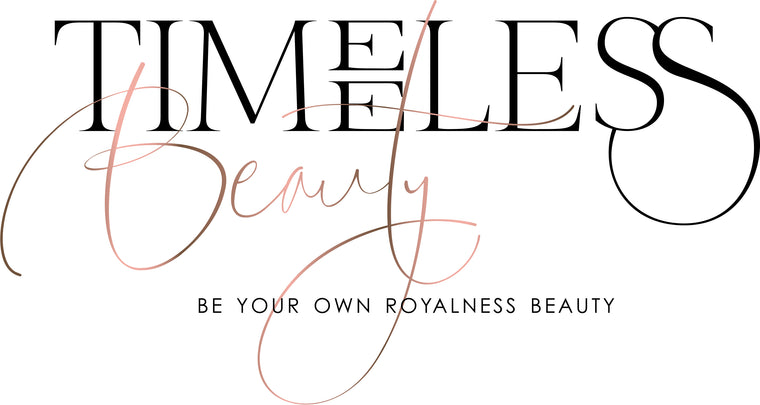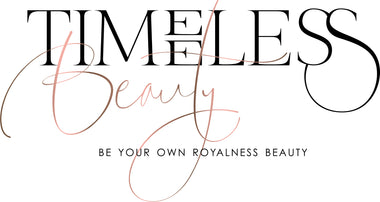The Quiet Seasons of Desire
What Libido Tells Us About Hormones, Stress, and the Deep Emotional Architecture of Being a Woman
There are moments when the body simply goes silent.
No cravings, no longing, no hunger for closeness. The world continues its dance of desire — but something inside withdraws. Quietly, without warning. And you’re left wondering: where did my libido go?
For many women — particularly in midlife — this question emerges not just in the bedroom, but in the mirror, in the heartbeat, in the vague yet familiar sensation of emotional distance. Libido, once spontaneous, now becomes a memory, a negotiation, or worse — a source of self-doubt.
But this fading of desire is not a personal failure.
It’s a language — physiological, psychological, even social. And when we learn to listen to it, we uncover a deeper truth: libido is not about sex. It’s about aliveness.

Libido Is Not a Number. It’s a Barometer of Inner Life.
While most clinical definitions of libido speak in terms of hormones or sexual behavior, the truth is far more intricate. Libido is not an isolated drive; it is shaped by our biology, biography, and the world we live in.
Hormones like estrogen, testosterone, and oxytocin undeniably influence our sexual desire. But so do more subtle forces: the quality of our relationships, the weight of our emotional history, the pace of our daily life, and the culture’s expectations about how — and when — a woman should feel desire.
In a 2018 qualitative study titled “How much desire should I have?”, Dr. Sara McClelland explored the intimate narratives of postmenopausal women experiencing low libido. Most participants didn’t feel they were broken. They felt judged — by doctors, by partners, by the echo chamber of youth-centric femininity that defines women’s sexuality as permanent, performative, and predictable.
“I wasn’t worried until they told me I should be,” one woman explained.
What’s striking in McClelland’s findings is how many women described their libido not as missing, but as quieted — responsive to context, to touch, to the meaning of connection rather than the frequency of it.
📖 McClelland, S. (2018). “How much desire should I have?” Postmenopausal women’s subjective experiences of low libido. PubMed

The Hormonal Undercurrent: When Chemistry Meets History
It’s impossible to talk about libido without talking about hormones — but not as isolated culprits. Hormonal shifts reflect deeper transitions, often connected to a woman’s life story.
In the 2011 SWAN study (Study of Women’s Health Across the Nation), researchers examined the effect of reproductive history on menopausal symptoms. Women with a history of infertility or those who had fewer pregnancies were significantly more likely to report low libido, vaginal dryness, and discomfort during intimacy.
Why? Because estrogen and androgens (like testosterone) don’t just decline — they interact with previous reproductive experiences, metabolic markers, and even cultural identity.
Notably, the same study found that African-American women reported more distress related to sexual changes than white women, raising essential questions about how race, medicine, and sexual wellbeing intersect.
📖 Nelson et al., 2011. “Effects of reproductive history on symptoms of menopause.” PubMed
In other words, libido is not a universal switch. It is a sensor, responding to hormonal landscapes and personal history — including grief, trauma, pleasure, and identity.

The Nervous System: Desire Cannot Bloom in Survival Mode
Perhaps the most overlooked player in the libido puzzle is the nervous system.
Specifically, the autonomic nervous system, which governs the fight-flight-freeze and rest-digest responses.
In a state of chronic stress, the sympathetic nervous system dominates. Cortisol levels rise. Blood vessels constrict. Muscles tighten. Reproductive function is deprioritized in favor of survival. The brain — especially the limbic system — shuts down curiosity and pleasure in favor of vigilance.
This is not a psychological issue. It is physiological logic.
Your body is not betraying you — it is protecting you.
This is precisely why so many women report low libido not as apathy, but as disconnection: from themselves, from their partners, from the felt sense of their body.
And it is also why mindfulness-based practices, as shown in a 2020 study led by Dr. Lori Brotto, can restore not just desire but trust. Trust in the body, trust in the moment, trust in the possibility of feeling again.
In the study, midlife and older women with low libido participated in an 8-week virtual mindfulness program. No medication. No hormone therapy. Just breath, awareness, and presence.
The result?
A significant reduction in sexual distress, and a quiet reawakening of body connection.
📖 Brotto et al., 2020. “A virtual mindfulness intervention for midlife women with low libido.” PubMed
Desire Is Relational — Not Just Hormonal
There is one more crucial truth science continues to confirm: libido is relational.
In women especially, desire often arises not from inside the body alone — but from a sense of connection. Emotional intimacy. Feeling seen. Feeling beautiful. Feeling safe.
This means libido can be absent not because of hormones, but because:
-
You’re chronically emotionally exhausted
-
You’re not touched with presence or tenderness
-
You’re burdened by mental load
-
You’re not able to express your needs without guilt or shame
In a culture that still celebrates female desirability more than female desire, many women learn to dissociate from their true erotic rhythm — silencing their bodies to meet expectations.
The result?
A loss of sensual curiosity. And over time, a quiet ache where intimacy once lived.

The Return of Libido: A Slow, Sacred Process
Libido doesn’t return with a deadline.
It returns when the body feels again.
When the nervous system feels safety.
When the heart is held in warmth, not performance.
When intimacy feels like a homecoming — not a duty.
This is why deep rest, nourishing touch, massage rituals, slow breathing, emotional conversation, and hormonal balance are not indulgences — they are medicine.
Desire needs:
-
Slowness
-
Spaciousness
-
Emotional closeness
-
Hormonal support
-
Cultural permission to not always “perform”
At Timeless Beauty Amsterdam…
We understand that beauty is not only skin-deep — it is body-deep, hormone-deep, memory-deep.
We don’t treat you as a machine to be fixed, but as a woman whose rhythms deserve honor, time, and care.
Through skin rituals, therapeutic touch, and holistic treatments, we help women reconnect with the deepest part of their vitality — not only to look radiant, but to feel alive.
Because desire doesn’t disappear. It waits.
For the moment when you feel safe enough, soft enough, and loved enough… to listen.



